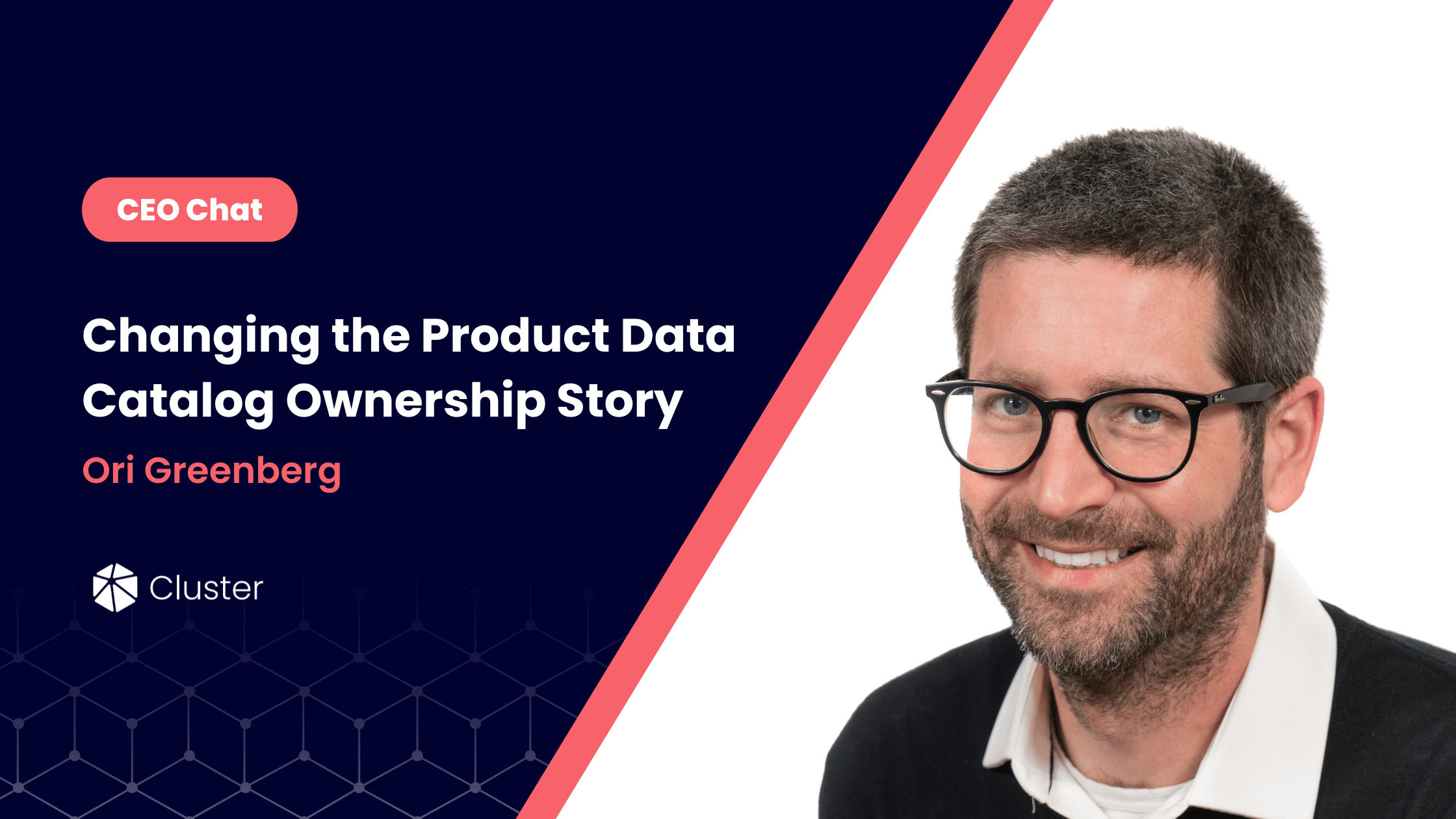In today’s digital age, more and more people are using their mobile devices to shop online. In fact, according to a recent study by Statista, over 50% of all online retail sales are now made on mobile devices. This trend is only going to continue in the future, as more and more people become reliant on their smartphones and tablets for everything from staying connected to staying informed to shopping. Mobile optimization is essential for online marketplaces, as it ensures that customers can access the marketplace easily and quickly, improving the customer experience and ultimately increasing sales.
As a result of this shift to mobile, it is more important than ever for online marketplaces to be mobile-friendly. This means that their websites and apps should be designed to work seamlessly on mobile devices, with easy-to-use interfaces and responsive designs that adapt to different screen sizes.
The Importance of Mobile Optimization
The importance of mobile optimization cannot be overstated. With the rise of mobile devices, more people are accessing the internet via their mobile devices than ever before. This trend is only set to increase, making it essential for businesses to optimize their websites for mobile devices.
In addition to the increasing number of mobile users, Google has also made mobile optimization a priority. In 2015, Google announced that it would be using mobile-friendliness as a ranking signal, meaning that websites that are not mobile-friendly will be penalized in search rankings.
Benefits to Mobile Optimization for Online Marketplaces
There are many benefits to mobile optimization for online marketplaces. Some of the most important benefits include:
- Improved customer experience: When customers can easily browse and purchase products on their mobile devices, they are more likely to have a positive shopping experience and make a purchase. Mobile optimization can help to make your online marketplace more user-friendly and accessible for mobile users.
- Increased sales: Studies have shown that mobile-friendly websites and apps can lead to a 20% increase in sales. This is because mobile users are more likely to make a purchase when they can easily find and purchase the products they are looking for on their mobile devices.
- Improved SEO: Google and other search engines now give preference to mobile-friendly websites and apps. This means that if your online marketplace is not mobile-friendly, it may not rank as high in search results as it could. Mobile optimization can help your online marketplace to rank higher in search results and attract more visitors.
Improving Your Mobile Optimization Strategy
Use a responsive design
Responsive design is a must-have for any mobile-friendly website. This allows for a consistent experience across all devices, ensuring that users have the same experience regardless of the device they are using. A responsive design means that your website will automatically adjust its layout to fit any screen size, from a large desktop monitor to a small smartphone. This is essential for ensuring a good user experience on mobile devices.
Faster Load Times
Keep your pages loading quickly. Online marketplaces should ensure that their websites load quickly, as slow load times can cause users to become frustrated and abandon the website. Optimizing the website for mobile devices can help ensure that the website loads quickly and efficiently, allowing users to quickly access the content they are looking for.
Mobile users have short attention spans, so it’s important to keep your pages loading quickly. Avoid using large images or videos, and compress your images and CSS files.
Simplified Navigation
Online marketplaces should simplify their navigation in order to make it easier for users to find what they are looking for. Cluttered navigation can be confusing and overwhelming for users, especially when using a mobile device. Simplifying the navigation and using clear, concise labels can help users find what they need quickly and easily.
Make it easy to find what they’re looking for. Mobile users are often looking for something specific, so make it easy for them to find it. Use clear and concise navigation, and make sure your search function is easy to use.
Optimized Images
Use high-quality images. Large, unoptimized images can significantly slow down a website, especially when viewed on a mobile device. Online marketplaces should ensure that all images are optimized for mobile devices in order to ensure that the website loads quickly and looks great on all devices. This will ensure that users have a pleasant experience while browsing the website. Images are an important part of any online marketplace, but they’re especially important on mobile devices. Make sure your images are high-quality and load quickly.
Personalization
Personalization is an important factor for any website, but it is especially important for online marketplaces. Optimize your content for mobile. When you’re writing content for your online marketplace, keep in mind that mobile users are more likely to be reading your content on a small screen. Use short paragraphs, bullet points, and lists to make your content easy to read on mobile devices.
Personalization can help create a better experience for users, as it allows for a more tailored experience. Personalization can also help increase conversions, as it gives users a more customized experience that is tailored to their individual needs and preferences.
Test your website and app on mobile devices
If you can, offer a mobile app for your online marketplace. This will give your users a native experience on their mobile devices, and it will make it easier for them to shop on the go.
Before you launch your online marketplace, make sure to test it on a variety of mobile devices. This will help you to identify any potential problems and fix them before your users have a chance to encounter them.
Easy Checkout Process
The checkout process should be as simple and straightforward as possible. Every step should be clearly labeled and easy for users to understand. The checkout process should also be optimized for mobile devices, so that users can complete the entire process without having to switch back and forth between devices.
Mobile-Friendly Ads
Ads can be a great way to generate additional revenue, but they need to be optimized for mobile devices in order to be effective. Ads should be designed to be mobile-friendly and should not interfere with the user experience. Ads that are too large or intrusive can be distracting and can drive users away from the website.
Security Measures
Security is an important consideration for any website, but it is especially important for online marketplaces. Online marketplaces should ensure that their websites are secure and that all user data is protected. This includes ensuring that all data is encrypted and that appropriate security measures are in place to protect against any malicious activity.
Leverage Push Notifications
Push notifications can be a great way to engage with users and keep them coming back to the website. Online marketplaces should use push notifications to alert users to new products or services, as well as any new discounts or promotions. Push notifications can be a great way to keep users engaged and coming back to the website.
Utilize A/B Testing
A/B testing is a great way to test different versions of a website and determine which version is most effective. Online marketplaces should use A/B testing to determine which designs, features, and layouts are most effective for their website. This can help ensure that the website is optimized for mobile devices and that it is optimized to maximize user engagement and conversions.
How Cluster Can Help With Mobile Optimization for Online Marketplaces
The increase in popularity means that marketplaces need to provide shoppers with the best customer experience, starting by building a complete and accurate eCommerce data catalog, to avoid the chain reaction of issues that occur from inputting bad data. Schedule a call today and find out how we can partner to continue driving the eCommerce data industry forward!










